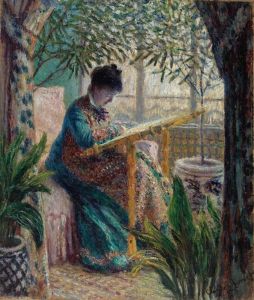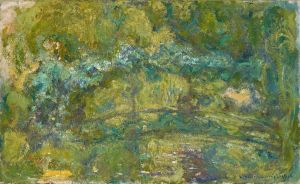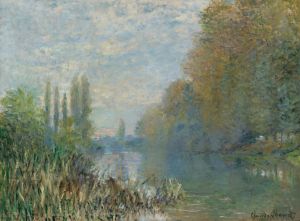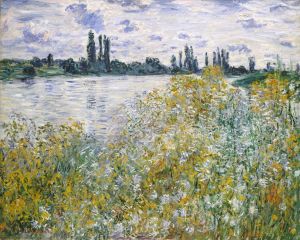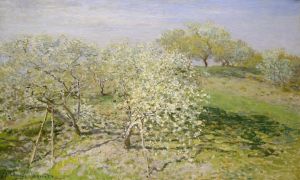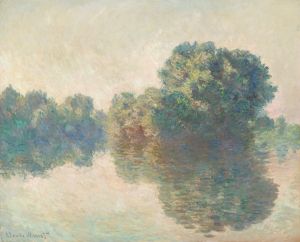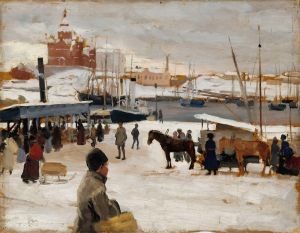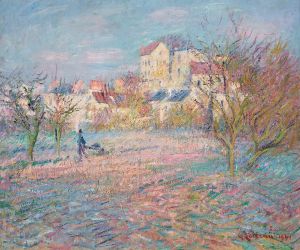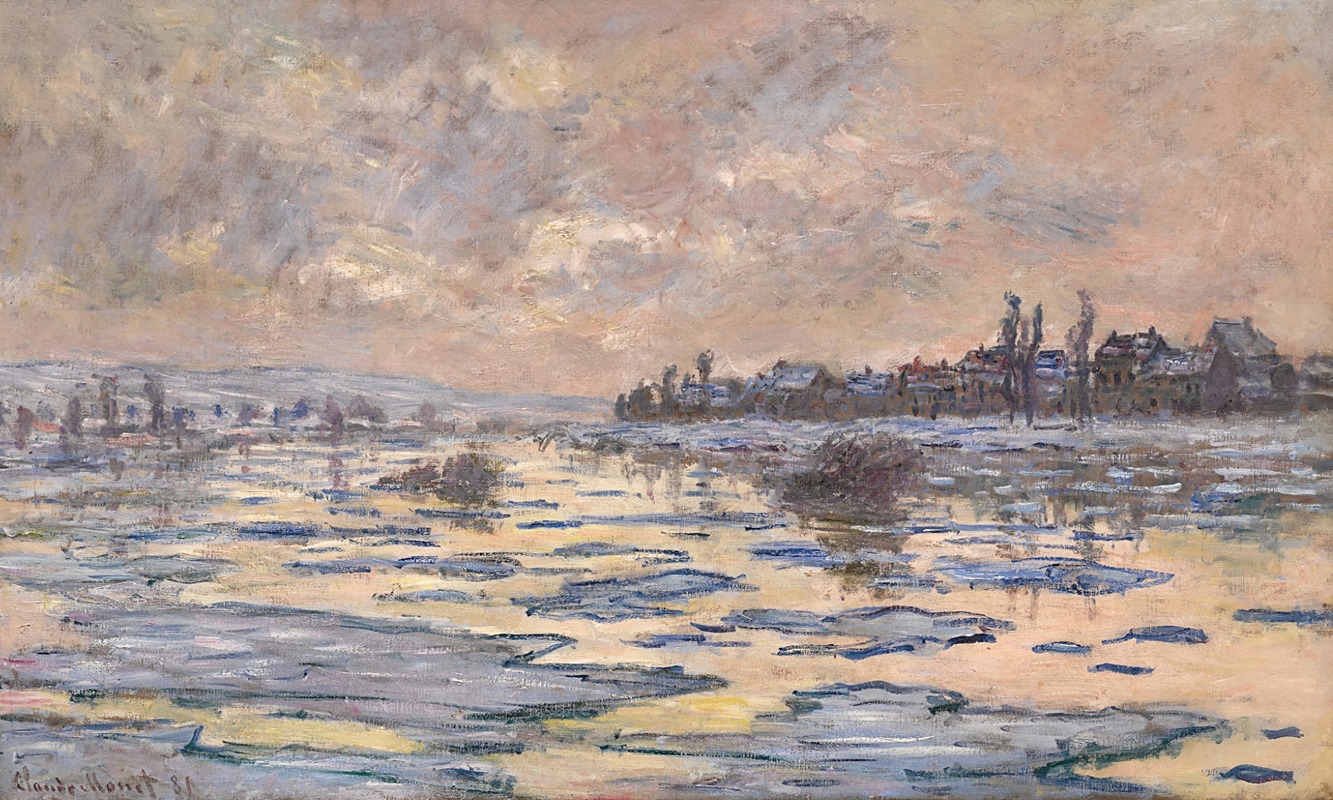
La Seine à Lavacourt, débâcle
A hand-painted replica of Claude Monet’s masterpiece La Seine à Lavacourt, débâcle, meticulously crafted by professional artists to capture the true essence of the original. Each piece is created with museum-quality canvas and rare mineral pigments, carefully painted by experienced artists with delicate brushstrokes and rich, layered colors to perfectly recreate the texture of the original artwork. Unlike machine-printed reproductions, this hand-painted version brings the painting to life, infused with the artist’s emotions and skill in every stroke. Whether for personal collection or home decoration, it instantly elevates the artistic atmosphere of any space.
"La Seine à Lavacourt, débâcle" is a painting by the renowned French Impressionist artist Claude Monet. Created in 1880, this work is part of Monet's extensive exploration of the Seine River, a subject he revisited numerous times throughout his career. Monet's fascination with the river and its surroundings is evident in the way he captures the changing effects of light and atmosphere on the landscape.
The painting depicts the Seine River near Lavacourt, a small village located close to Vétheuil, where Monet lived from 1878 to 1881. This period was particularly challenging for Monet, both personally and financially. Despite these difficulties, he continued to paint prolifically, producing works that are now celebrated for their innovative approach to capturing natural light and transient effects.
"La Seine à Lavacourt, débâcle" is notable for its depiction of the river during a thaw, which is suggested by the term "débâcle" in the title, referring to the breaking up of ice. The painting captures the dynamic and somewhat chaotic scene of ice floes moving along the river, a subject that allowed Monet to experiment with texture and movement. The use of loose, expressive brushstrokes is characteristic of Monet's style and contributes to the sense of immediacy and fluidity in the painting.
Monet's palette in this work is dominated by cool tones, with blues and whites conveying the chill of the winter scene. The subtle variations in color and tone demonstrate Monet's skill in rendering the effects of light on the landscape, a hallmark of his Impressionist technique. The composition is balanced, with the river occupying the foreground and middle ground, while the distant banks and sky provide a sense of depth and space.
During the time Monet painted "La Seine à Lavacourt, débâcle," he was part of a broader movement of artists who were challenging traditional approaches to art. The Impressionists sought to capture moments of everyday life and the natural world with an emphasis on light and color rather than detailed realism. Monet, as one of the leading figures of this movement, played a crucial role in its development and success.
The painting is now housed in the collection of the Musée d'Orsay in Paris, which is home to many of Monet's works and other masterpieces of the Impressionist and Post-Impressionist movements. The Musée d'Orsay provides an ideal setting for appreciating Monet's contributions to art, offering visitors the opportunity to view his work in the context of his contemporaries.
"La Seine à Lavacourt, débâcle" exemplifies Monet's ability to transform a simple landscape scene into a study of light, color, and movement. It reflects his dedication to capturing the ephemeral qualities of nature, a pursuit that defined much of his artistic output. Monet's work continues to be celebrated for its beauty and innovation, and "La Seine à Lavacourt, débâcle" remains an important example of his enduring legacy in the world of art.






